The Road To Exosuit Success
Deploying exoskeletons in your workplace can seem like a daunting challenge. The good news is that the team at HeroWear has already helped hundreds of customers successfully deploy exoskeletons to thousands of workers.
The guide below is a high-level overview of the process we use to help our customers ensure the successful deployment of exoskeletons. Our team will work with your organization every step of the way.
10-steps to Successful Exosuit Deployment
Phase A: Pre-Planning
Success starts before you begin. Proper planning and goal setting will ensure success and support throughout your organization.
Step 1: Identifying Needs and Setting Goals
Who: Safety and Operations Leadership
-
Identify potential need for exosuit technology, including roles and tasks that might benefit from exosuit support.
- Establish the goals of your exosuit program, potentially including (but not limited to): injury risk reduction, worker quality of life improvement, improved productivity, improved recruiting, and/or reduced turnover.
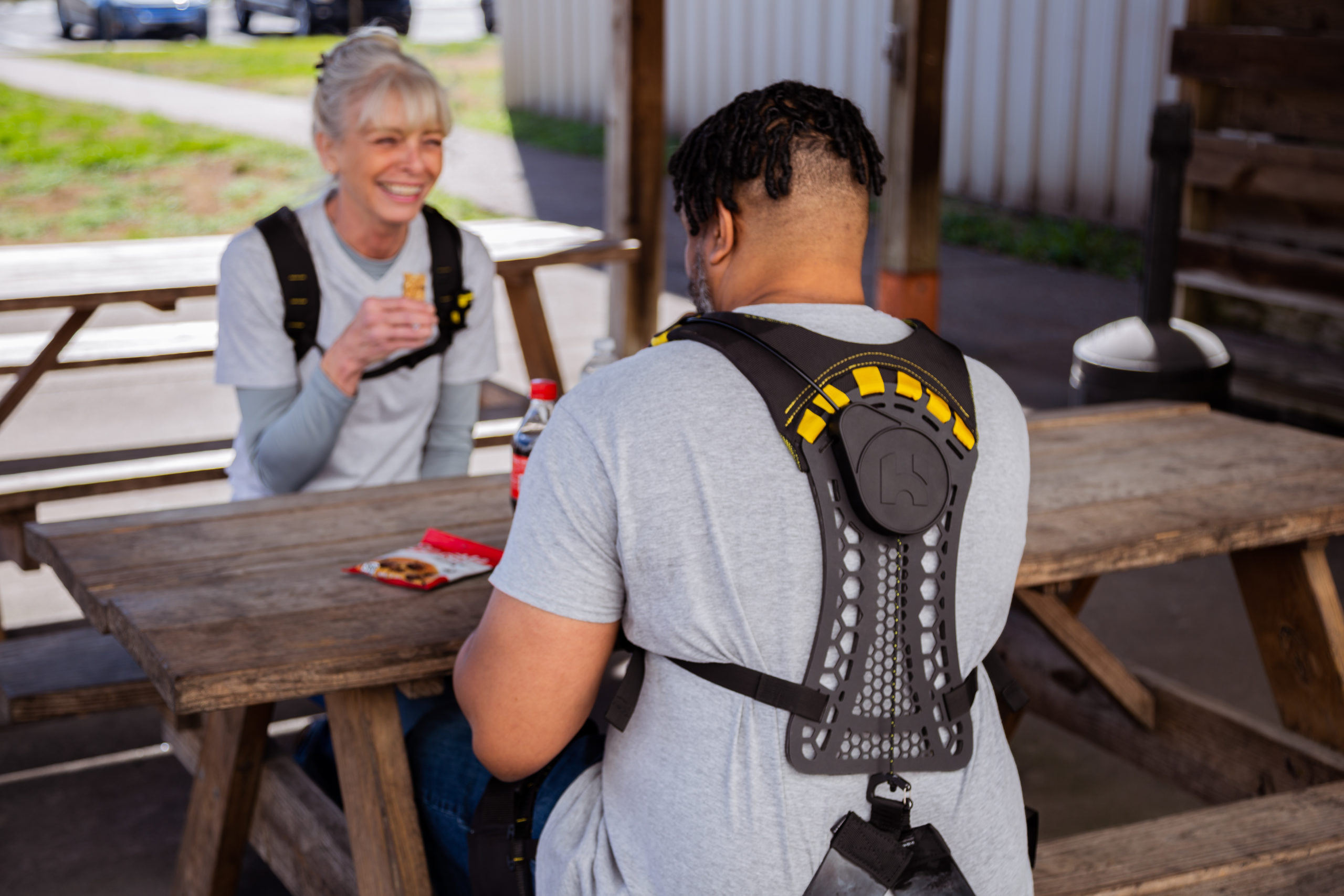
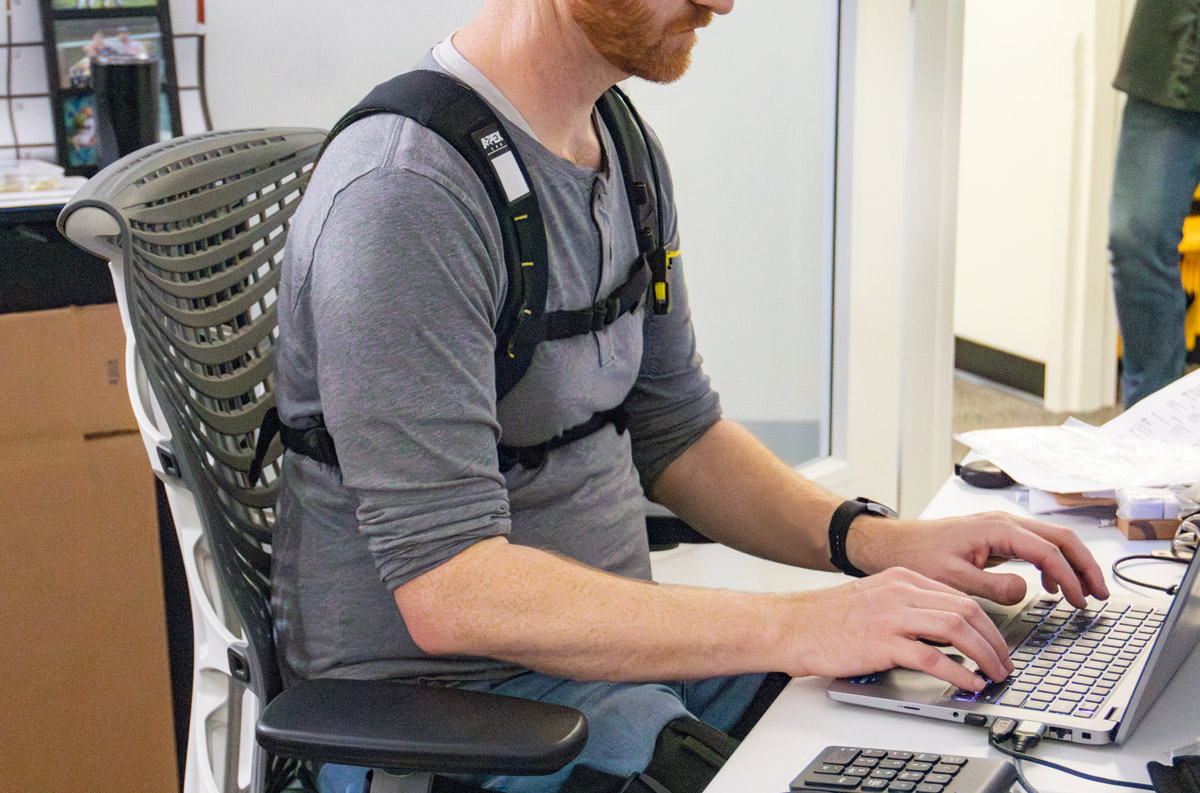
Step 2: Scoping Deployment
Who: Safety, Operations, and Financial Leadership
- Validate exosuits to ensure compatibility with other PPE, tools, and tasks.
- Scope deployment to meet established goals.
- Confirm available funding to execute deployment at the needed scale to achieve goals.
Phase B: Deployment
Deployment means more than putting suits on workers. Change management at scale includes education, expectation setting, and ensuring alignment of everyone from leadership to front-line workers.
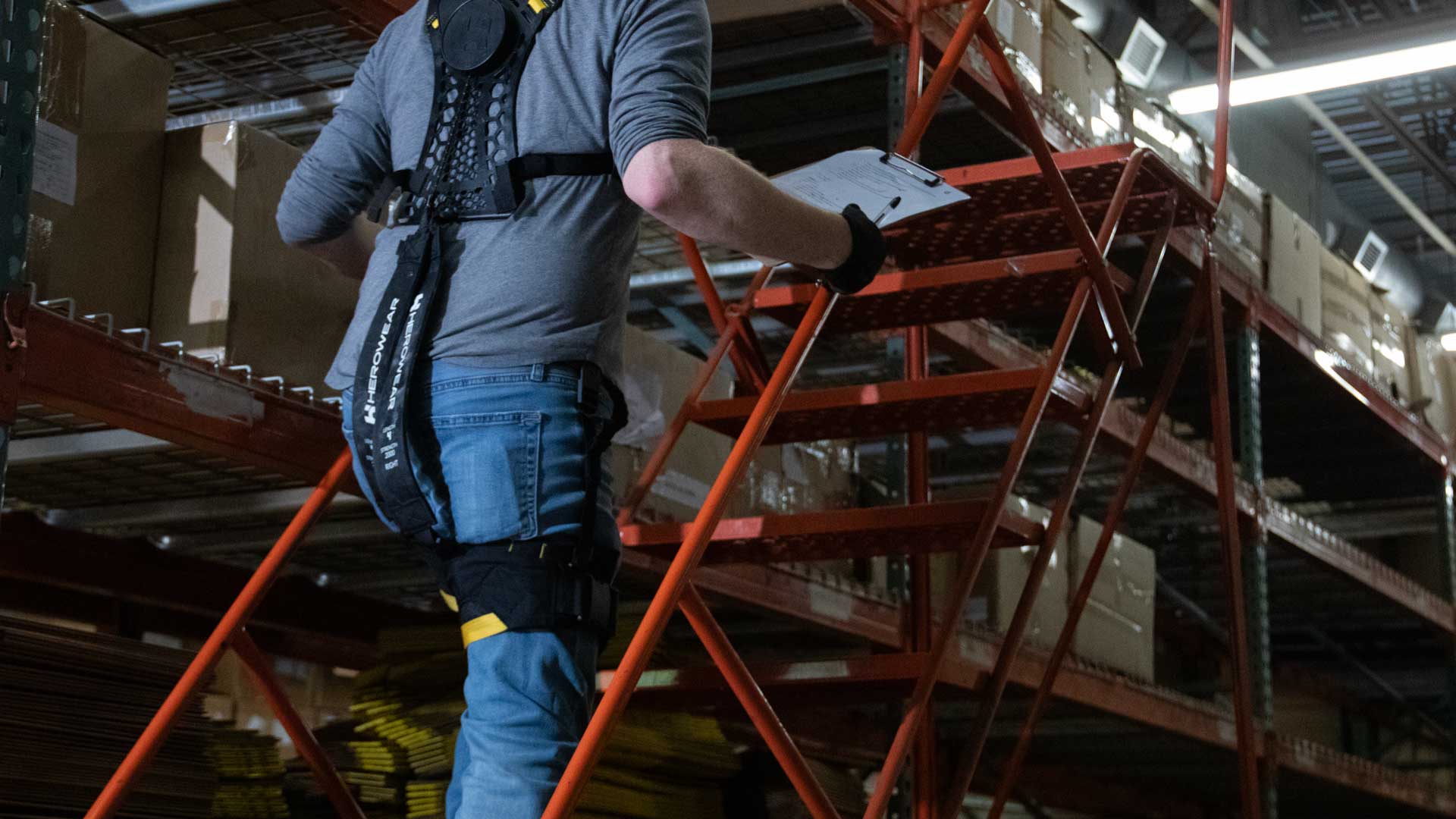
Step 3: HeroWear Introduction
Who: Leadership for the facility and groups involved in the deployment
- Review deployment timeline with leadership.
- Determine Apex 2 departments and groups and the specific location(s) of deployment.
- Outline deployment execution steps and process.
- Propose launch date(s) for all key stakeholders.
Step 4: Key Stakeholders Planning Call
Who: All key stakeholders and support staff who will support the deployment
- Confirm launch date(s) for each deployment (each location, group, and shift).
- Determine targeted users’ shift schedules and create a timeline for training.
- Begin team member selection and sizing of exosuits.
- Review execution timeline with key stakeholders.
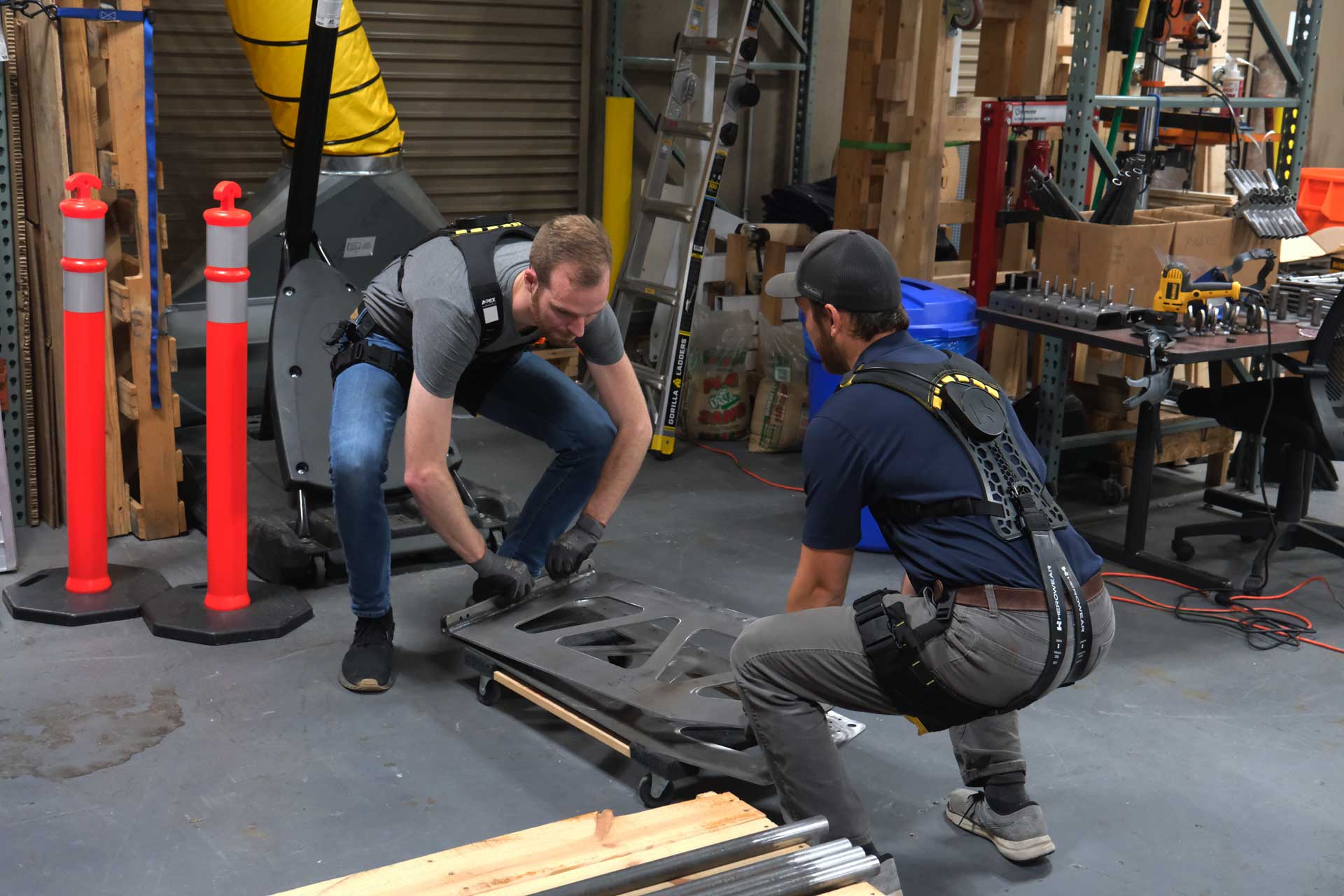

Step 5: Key Stakeholders Final Call
Who: All key stakeholders and support staff who will support the deployment
- Review deployment itinerary with key stakeholders.
- Confirm all security protocols and necessary PPE needed for the on-site exosuit training team.
- Confirm location for training and fitting of exosuits.
- Confirm exosuit storage and sanitizing plan.
*If conducting a Field Study: Collect baseline surveys from selected team members
Step 6: Launch
Who: Exosuit users and support staff
- Train on-site team members and support staff.
- Check-in with team members after initial training.
- Schedule weekly check-ins with support staff.
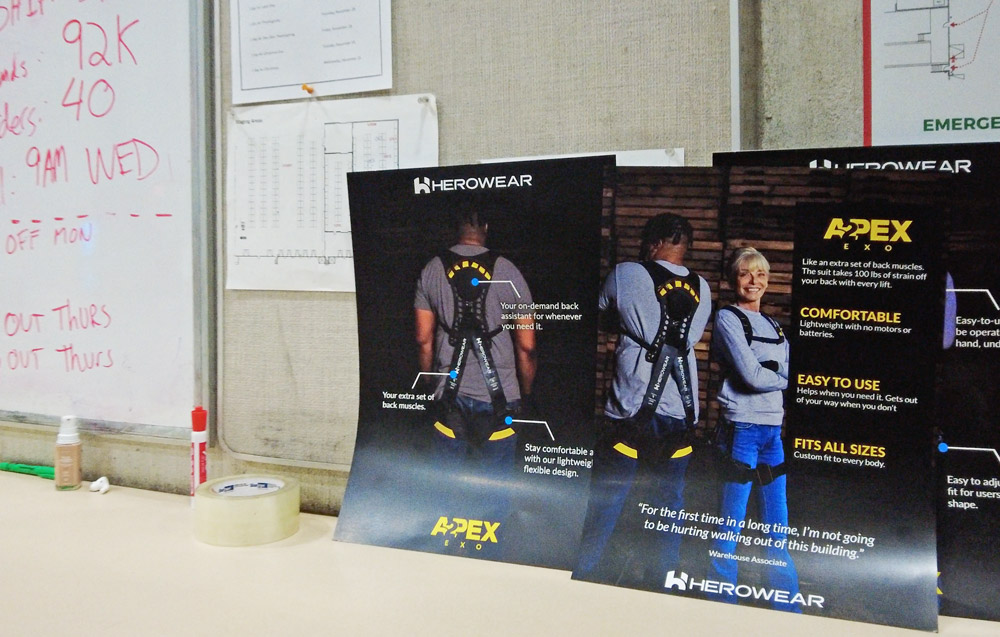
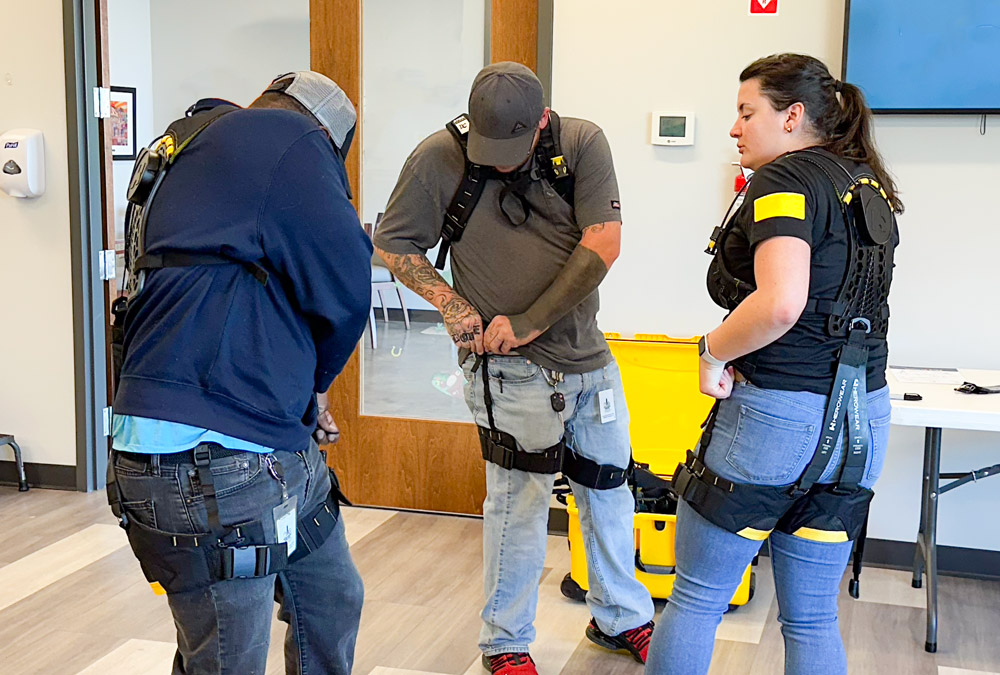
Step 7: Execution of Deployment
Who: Exosuit users, support staff, and key stakeholders
- On-site support staff should perform daily and weekly check-ins with team members.
- Weekly follow-up meetings with stakeholders, support staff, and HeroWear team.
* If conducting a Field Study: Collect midpoint and final surveys
Step 8: Post Deployment
Who: Key stakeholders and leadership
- Provide feedback and record results of deployment against established goals to leadership teams.
- Ongoing support should be provided to exosuit users and support staff as needed.
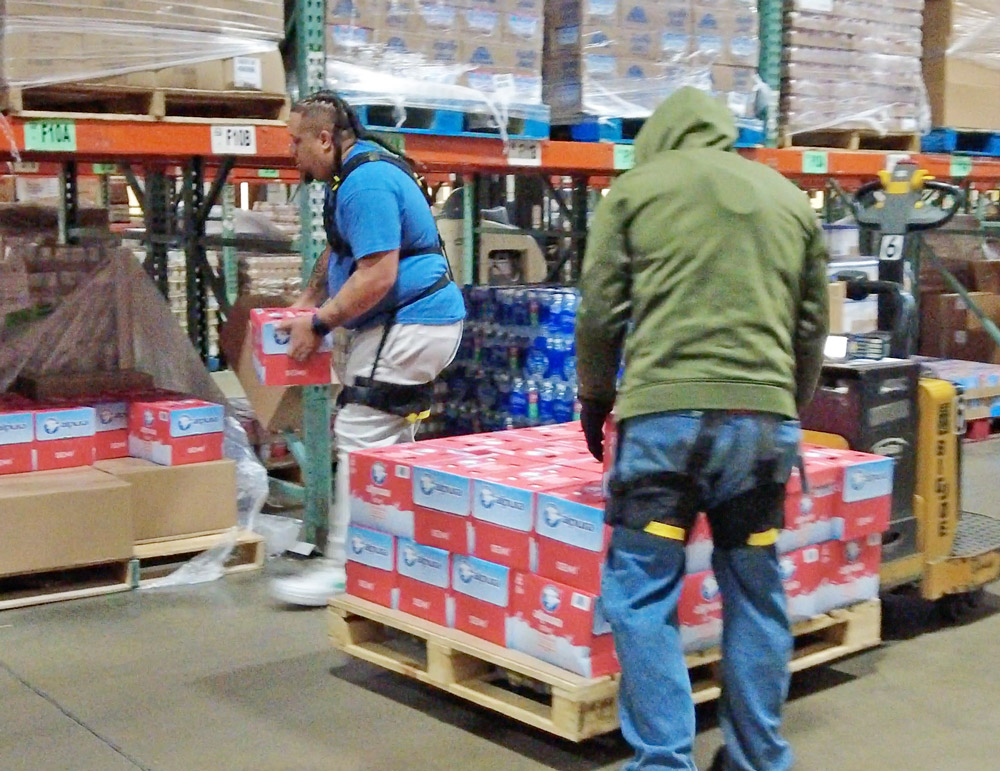
Phase C: Sustainment
Your exosuit project doesn’t end when the last training session is done. Ensuring sustained support is key to operationalizing exosuits and making them a “new normal” in your organization.
Step 9: Consider Expansion
Who: Safety and Operations Leadership
- Evaluate success vs established goals and other potential benefits of exosuit program.
- Expand use within established teams and/or redeploy exosuits based on areas of success.
- Identify next candidate tasks/roles/locations for future deployments.
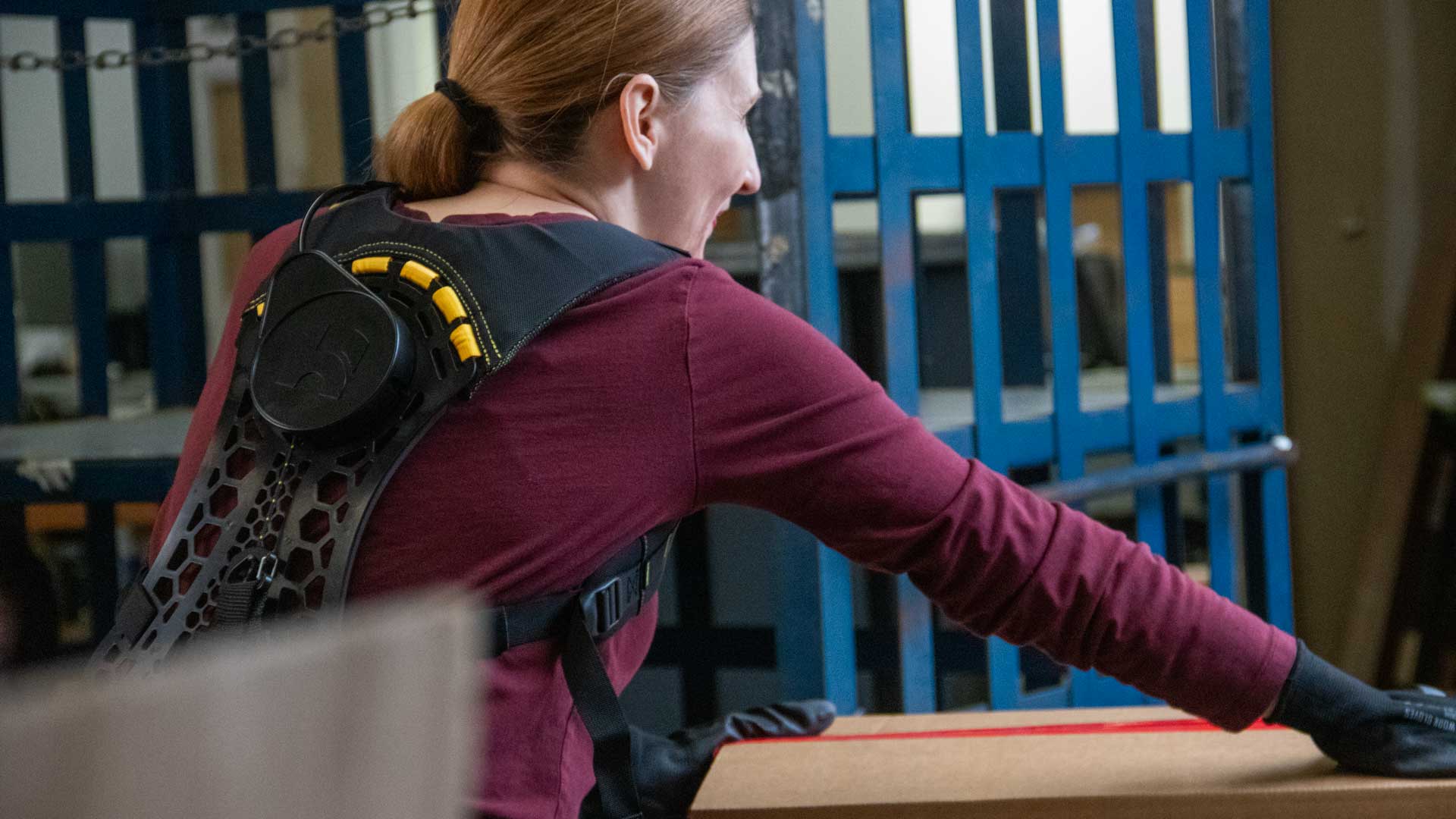
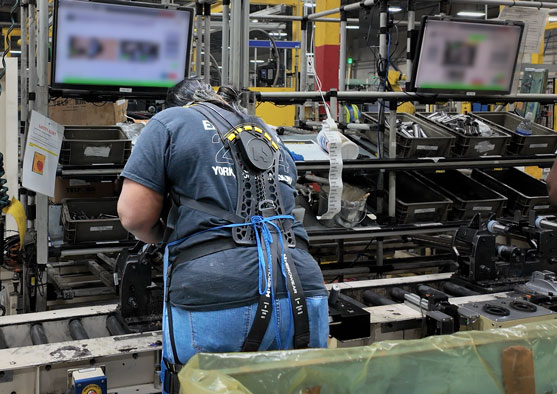
Step 10: Ongoing Sustainment
Who: Support staff and key stakeholders
- Reassign exosuits when needed due to turnover and job rotation .
- Inspect exosuits and perform maintenance and cleaning of exosuits as needed.
- Ensure process for ordering replacement consumables is in place.
- Consider exosuit certifications for additional support staff.
Ready to Get Started?
Begin Your Exosuit Journey